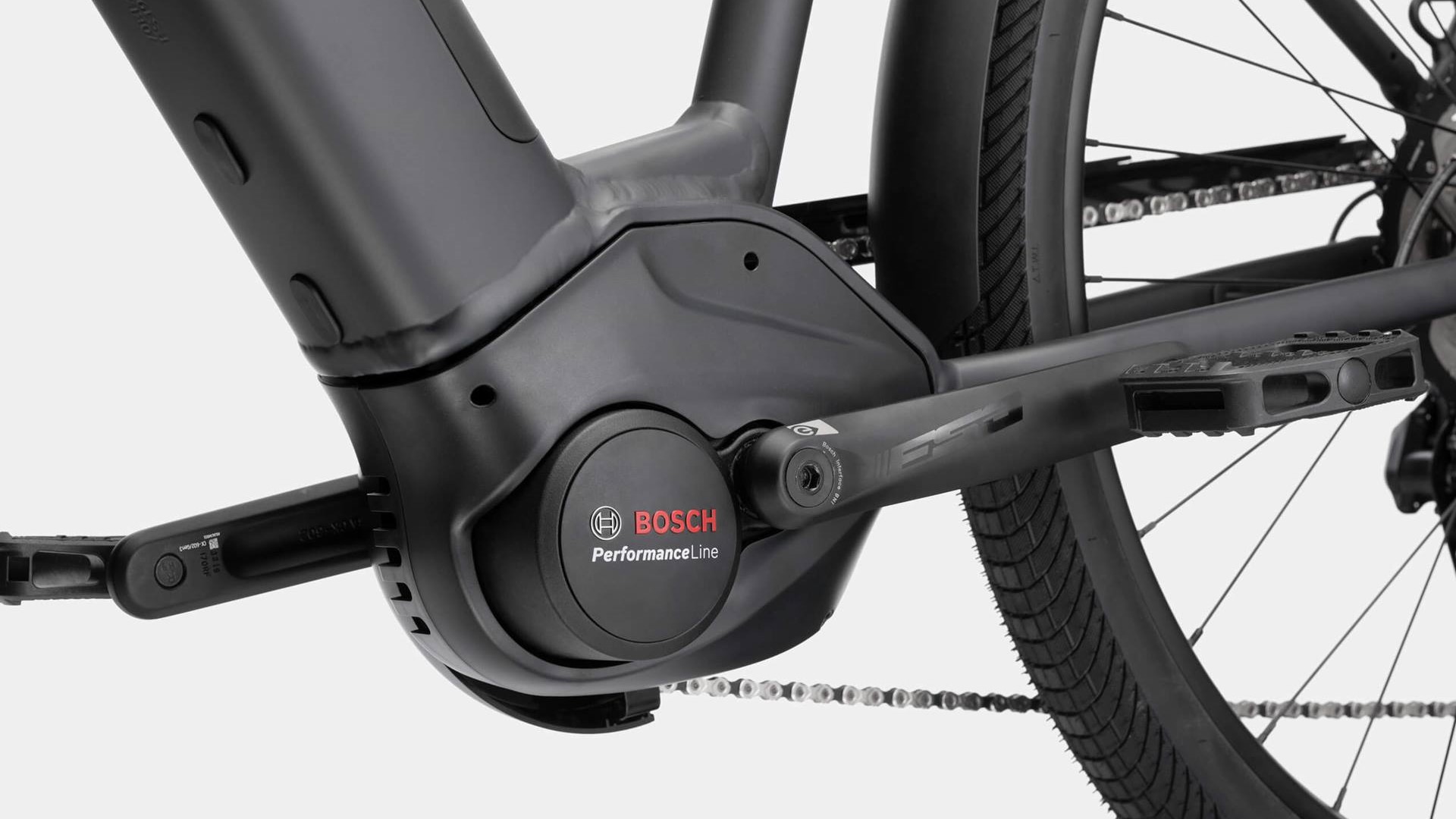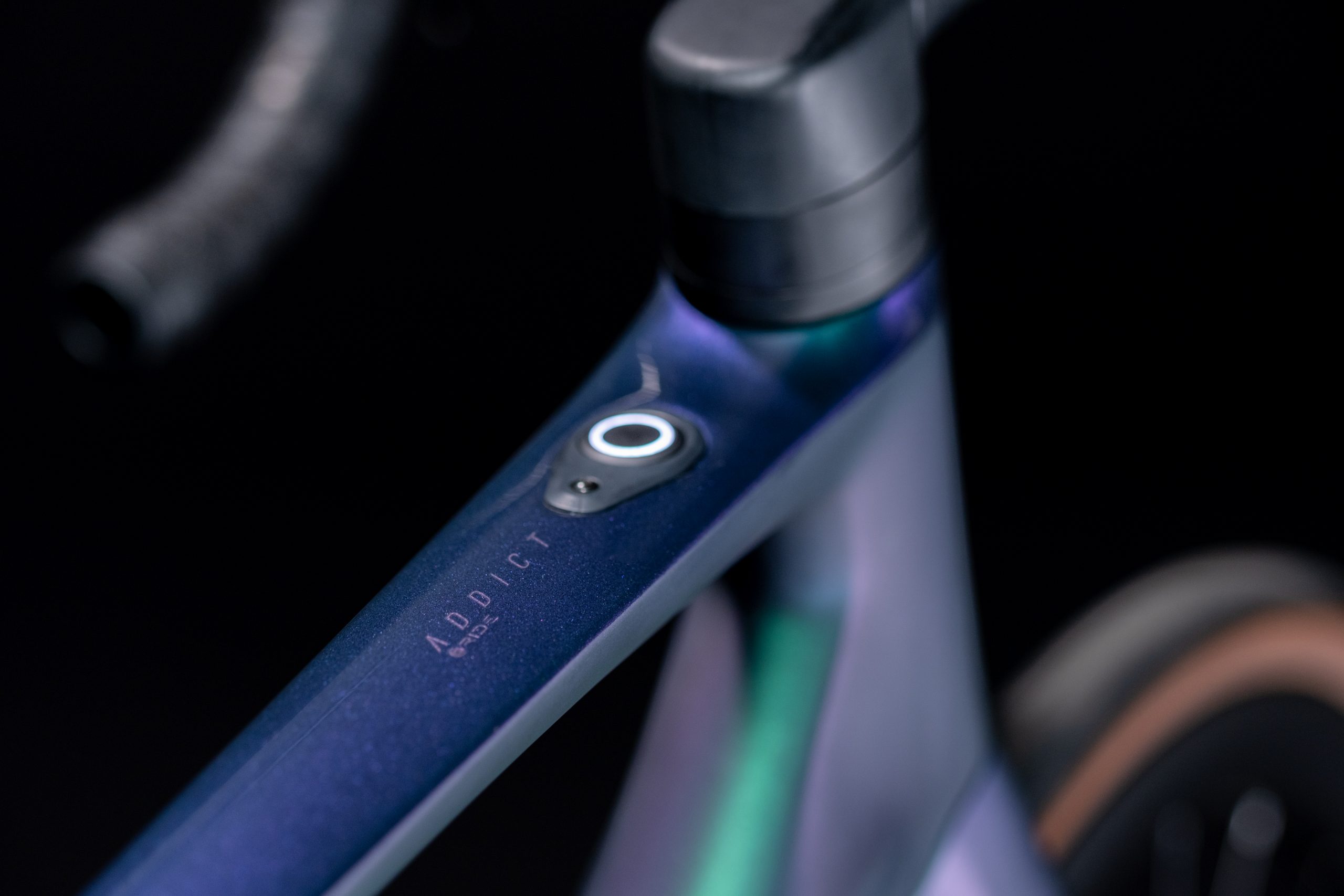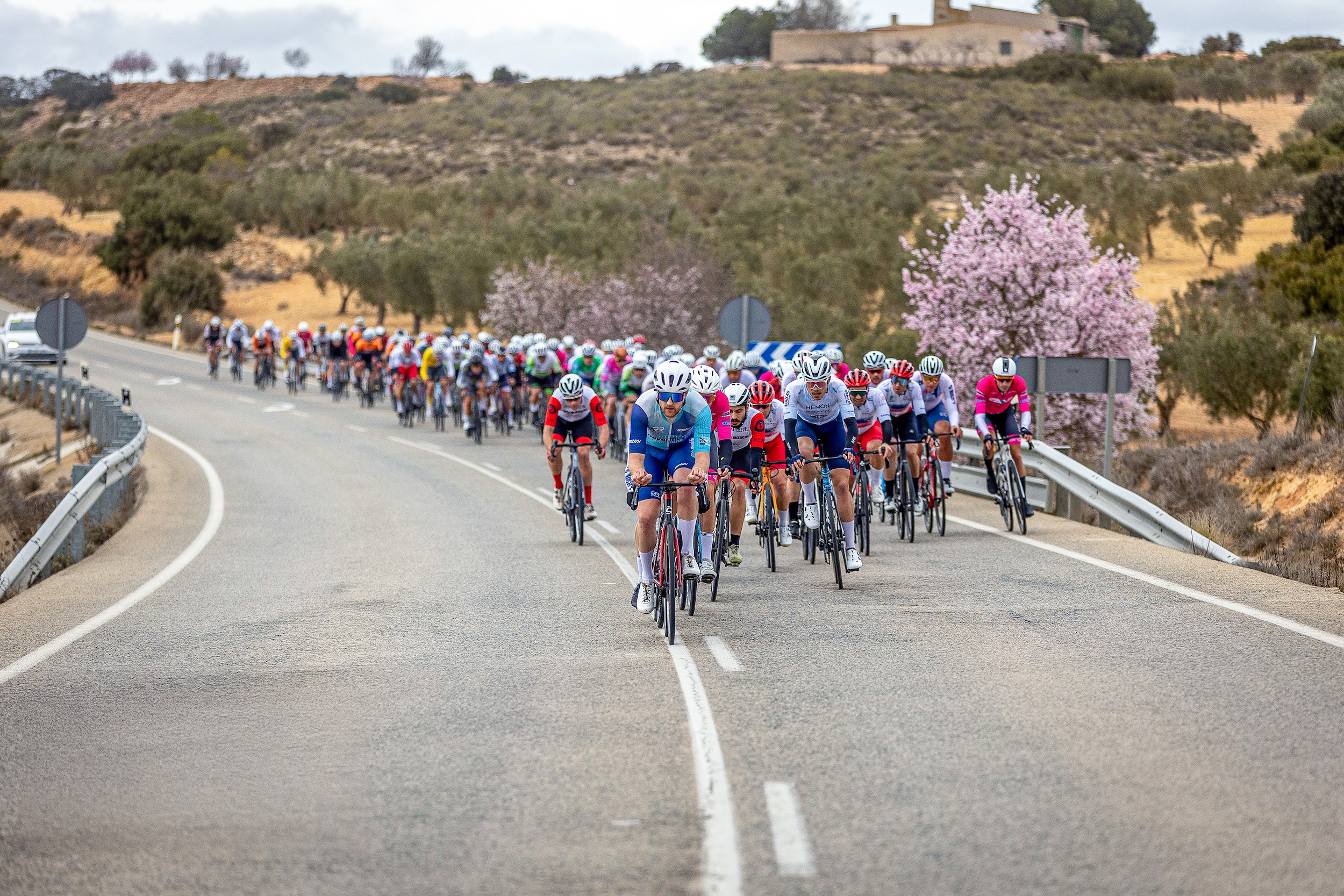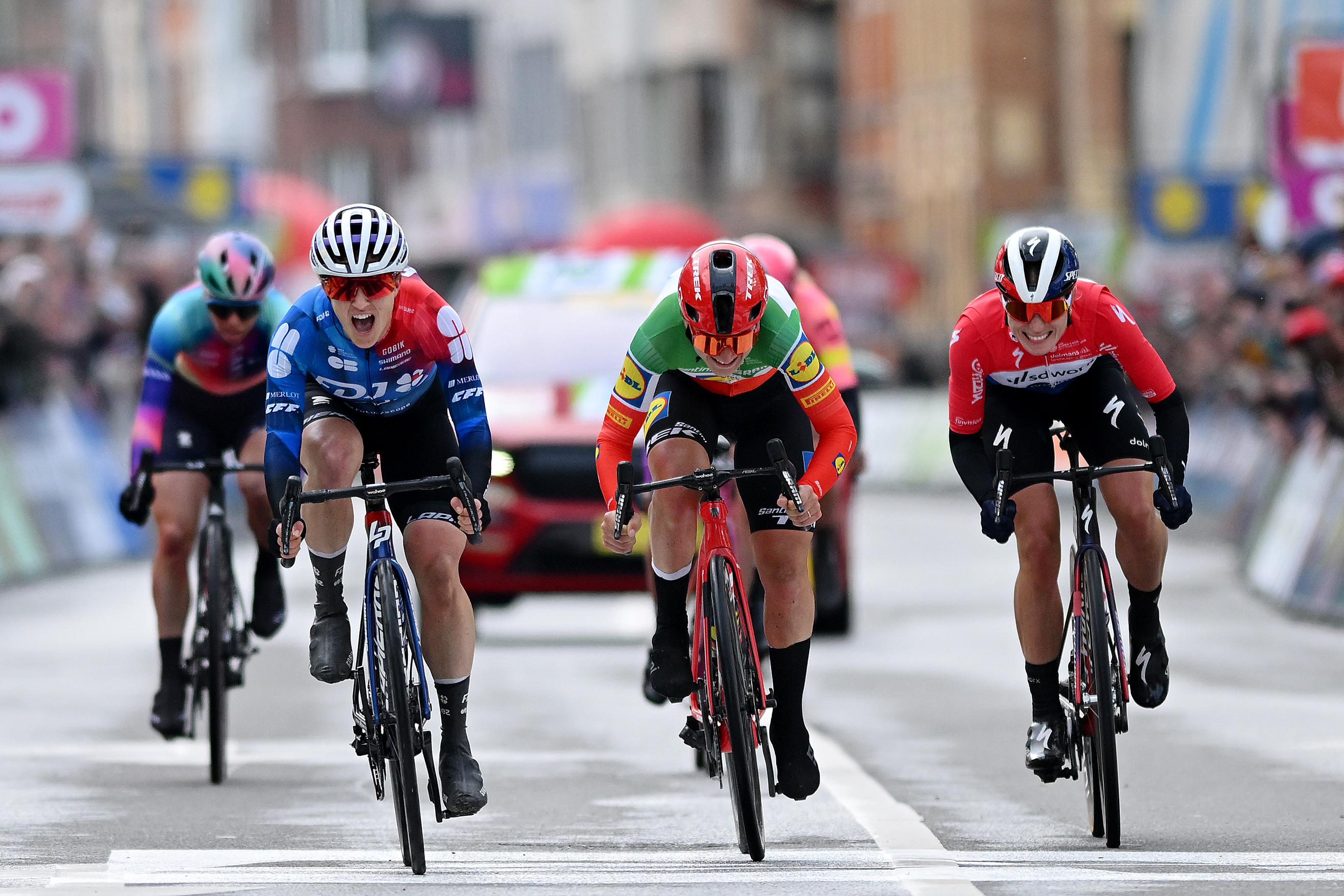How to choose an e-bike motor for your needs
How much assistance you want and the controller’s functionality are key factors to consider


In the UK, Europe and Australia, electric bike motors are limited to 250 watts of power output and cannot provide assistance over 25kph/15.5mph. So when you look at the output stats of motors, most look the same.
The same is true of weight, with most motors weighing around the 3kg mark - some a bit heavier, some a bit lighter.
So how do you choose the right motor system for your intended riding?
Torque differences
The crucial differentiator between different motors is their torque output, measured in Newton-metres or Nm. A higher torque output will mean that the motor will give you more assistance when starting out and when you need to climb a hill, so it’s a useful attribute.
You’ll typically find higher torque output figures for motors used on electric mountain bikes, where you need the low cadence push to get you up steep, loose off-road ascents more easily.
So e-MTB motors will typically have torque outputs of between 60Nm and 85Nm. You’ll find motors with torque figures at the lower end of this range on some hybrid e-bikes too.

Hybrid bikes will sometimes have motors with torque outputs of around 60Nm
On the other hand a bike designed to be used on road may be easier to ride if the torque output is lower, as it will accelerate more gently and the motor will work with you better on the less demanding surfaces.
How fit you are and the weight of you, your bike and any luggage you’re carrying are also important. The higher the total weight, the harder it will be to get it moving and keep it going up hills, so the more need there is for a torquey motor.
On the other hand, fitter riders may find a high torque motor gives them a bit too much of an easy ride. You can dial down the motor’s assistance level to give yourself a bit more of a workout, but motors on e-road bikes typically output less torque.

The Mahle ebiekmotion hub motor provides a maximum of 40Nm torque
The popular Mahle ebikemotion rear hub motor provides 250 watts of power but only 40Nm of torque, while Fazua’s system has 60Nm torque output; both weigh around 2kg. Specialized too has introduced a lower torque motor on its Turbo SL electric bikes. In exchange for a 35Nm torque output, the motor weight has dropped to around 2kg from over 3kg for its higher torque designs.
Motor placement
On road e-bikes, motor placement isn’t such an issue as for bikes for off-road use. In electric mountain bikes, the low, central positioning of the motors typically used, along with their significant weight, mean that the bike’s centre of mass is fairly low and central, leading to good handling.

A mid-mounted motor will keep the bike's centre of mass low and central
Because you’re not manoeuvring the bike so much when riding on road, the surface is usually not loose and the gradients aren’t so steep, a rear hub motor like the Mahle ebikemotion system can be just as effective.
There’s usually plenty of mass over the rear wheel from the seated rider in any case. There’s significant mass in an e-bike’s battery too - usually around 2kg or so. This is often mounted on or inside the e-bike’s down tube, helping to balance the bike’s weight distribution.
Controller/display
You’ll find differences in the size, placement and functionality of e-bike controllers too, which may influence your choice of system.
The most sophisticated will give you functionality similar to a bike computer, with speed, distance and maps displayed as well as assistance level and battery charge, while others just give you the basics of battery and assistance level.

Some systems let you use a smartphone app to display your ride data
For example, Shimano gives you four different display options. As well as its own display, you can also hook up the STePS motor to a smartphone or to a bike computer, including those from Garmin.
Finally, you can just have a status light that alerts you to battery level and assistance level. There are similarly minimalist options, as well as more comprehensive displays, from Fazua and Mahle for their motors.

More sophisticated head units give you a lot of information as you ride
Bosch too has a range of bar-mounted display options, while some e-bikes like the Van Moof range and the Gocycle G4 give you info via LEDs integrated into the bike itself, as well as via their own smartphone apps.

The simplest systems just give you battery level and assistance info via a single button
Which one works for you will depend on how important extra information like speed and distance travelled are for you and whether you want turn-by-turn navigation from your controller. Although you can get this from a separate bike computer, having it all in one unit will avoid extra expense and mean you don’t clutter up your bars.
Battery capacity
Finally, you may want to think about battery capacity, although as we’ve discussed, it’s something that the majority of riders shouldn’t need to worry about.
But if you’re planning to ride longer distances or don’t expect to be able to recharge the e-bike after every ride, you might want a larger capacity battery, a swappable battery or the option to add a range extender. They’re all things where some e-bike systems offer more options than others.


Thank you for reading 20 articles this month* Join now for unlimited access
Enjoy your first month for just £1 / $1 / €1
*Read 5 free articles per month without a subscription

Join now for unlimited access
Try first month for just £1 / $1 / €1
Get The Leadout Newsletter
The latest race content, interviews, features, reviews and expert buying guides, direct to your inbox!
Paul started writing for Cycling Weekly in 2015, covering cycling tech, new bikes and product testing. Since then, he’s reviewed hundreds of bikes and thousands of other pieces of cycling equipment for the magazine and the Cycling Weekly website.
He’s been cycling for a lot longer than that though and his travels by bike have taken him all around Europe and to California. He’s been riding gravel since before gravel bikes existed too, riding a cyclocross bike through the Chilterns and along the South Downs.
-
 Why the silence? Are there really no gay riders in the men's pro peloton?
Why the silence? Are there really no gay riders in the men's pro peloton?Despite growing LGBTQ+ visibility in other sports, representation in male pro cycling remains entirely absent. David Bradford speaks to British racers and asks, why the stubborn silence?
By David Bradford
-
 Tadej Pogačar's hat-trick, La Redoute, and Dutch delight: Five things to look out for at Liège-Bastogne-Liège 2025
Tadej Pogačar's hat-trick, La Redoute, and Dutch delight: Five things to look out for at Liège-Bastogne-Liège 2025The oldest professional bike race in the world takes place this Sunday – here's how to watch, who to watch, and what to watch out for
By Adam Becket